Copper sink clarification
aliris19
11 years ago
Related Stories
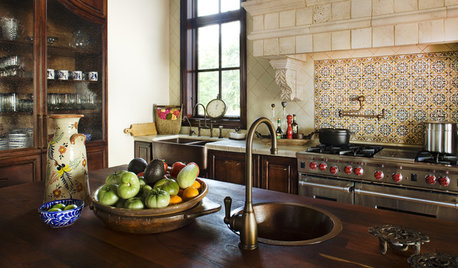
KITCHEN DESIGNTry a Copper Sink for a Warm Glow in the Kitchen
Bring polish and patina to your kitchen with a sink done in endlessly interesting copper
Full Story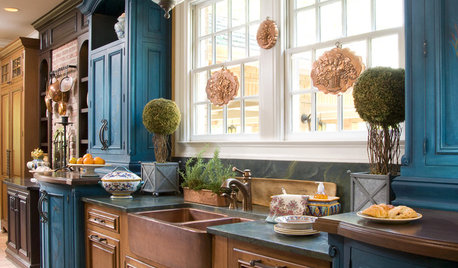
KITCHEN DESIGNKitchen Sinks: Antibacterial Copper Gives Kitchens a Gleam
If you want a classic sink material that rejects bacteria, babies your dishes and develops a patina, copper is for you
Full Story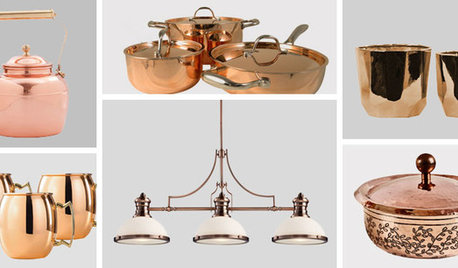
SHOP HOUZZShop Houzz: The Copper Kitchen
Create the copper kitchen of your dreams with cookware, lighting, sinks and more
Full Story0
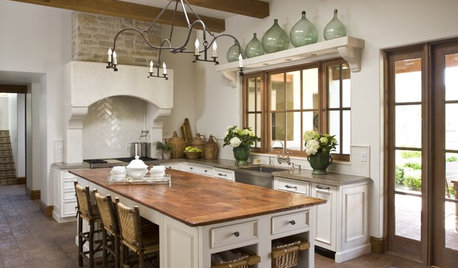
KITCHEN DESIGNSurprise Contender: Copper for Kitchen Countertops
Unexpected and full of character, copper is getting buffed for its growing appearance on the countertop scene
Full Story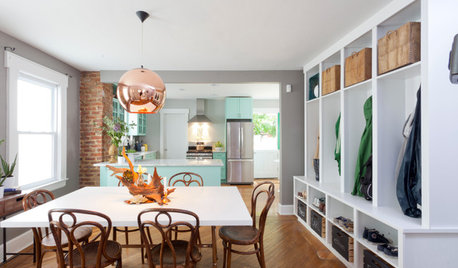
SHOP HOUZZShop Houzz: Modern Copper for Every Room
Copper’s rich color adds warmth and beauty to modern designs
Full Story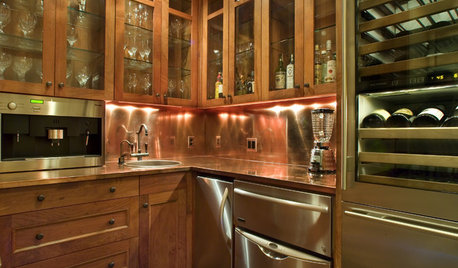
METALCopper, the Dynamic Topper
Time changes copper’s appearance on walls, fireplaces and more, but your love of its look may spring eternal
Full Story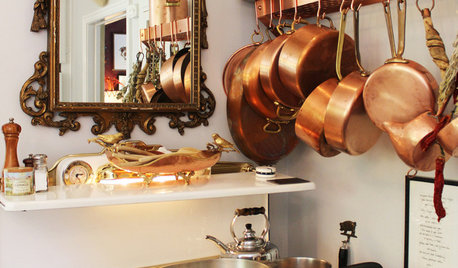
HOUSEKEEPINGShine On: How to Clean Copper
Restore the luster to your copper pots and pans with these tips for using both natural and store-bought cleaners
Full Story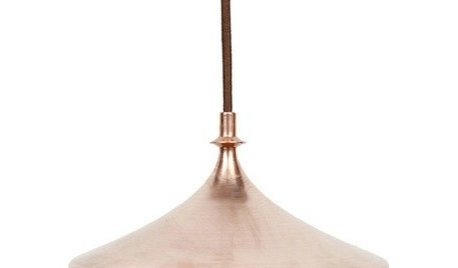
PRODUCT PICKSGuest Picks: Copper Craze
When gold and silver feel too expected, go for accessories and tableware in rosy-toned copper
Full Story
METALCopper: A Traditional Metal Gets a Shiny Update
Although the metal is no stranger to home design, these days its uses are downright brilliant
Full StoryMore Discussions






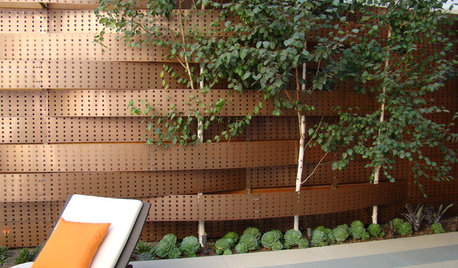




angie_diy
aliris19Original Author
Related Professionals
Agoura Hills Kitchen & Bathroom Designers · Greensboro Kitchen & Bathroom Designers · Ojus Kitchen & Bathroom Designers · Verona Kitchen & Bathroom Designers · West Virginia Kitchen & Bathroom Designers · South Sioux City Kitchen & Bathroom Designers · Hopewell Kitchen & Bathroom Remodelers · Auburn Kitchen & Bathroom Remodelers · North Arlington Kitchen & Bathroom Remodelers · Port Orange Kitchen & Bathroom Remodelers · Sioux Falls Kitchen & Bathroom Remodelers · Vista Kitchen & Bathroom Remodelers · Crestview Cabinets & Cabinetry · Tacoma Cabinets & Cabinetry · Whitefish Bay Tile and Stone Contractorsdeedles
cpartist